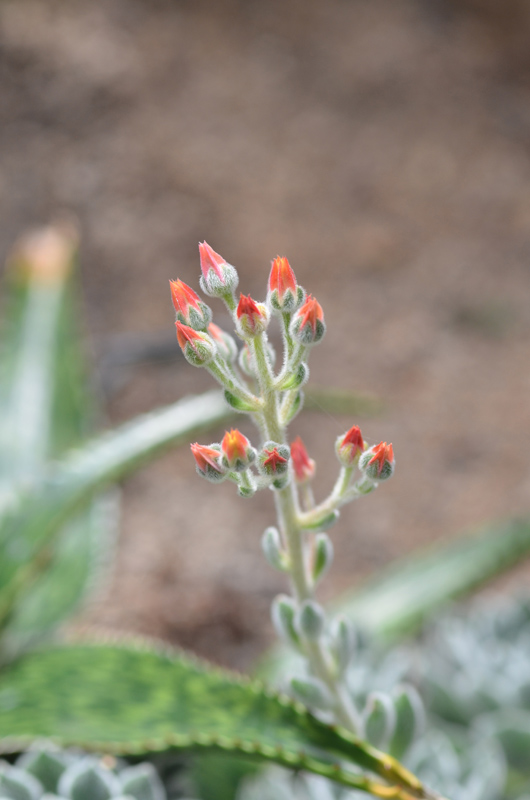
Tropicals > Echeveria > Echeveria setosa > Echeveria setosa
Echeveria setosa
Mexican Firecracker, Firecracker Plant
Origin: The semi-desert areas of Mexico.
| Family |
| Crassulaceae |
| Genus |
| Echeveria |
| Species |
| setosa |
| Category |
| Tropicals |
| USDA Hardiness Zone |
| 10a - 10b |
| Canadian Hardiness Zone |
| Requires cool season protection under glass. |
| RHS Hardiness Zone |
| H2 |
| Temperature (°C) |
| 1 - 5 |
| Temperature (°F) |
| 34 - 40 |
| Height |
| 5 cm |
| Spread |
| 30 - 40 cm |
Photographs
Description and Growing Information
Flowering Period
| General Description |
| Echeveria setosa is an evergreen succulent with spoon-shaped green leaves covered in dense white hairs forming low-lying, stemless rosettes. Small red and yellow flowers are formed in racemes. |
| Cultivation |
| Grow in full light and low humidity under glass in standard cactus compost kept moist. During late spring and summer apply a dilute low nitrogen fertilizer every two weeks. Set plants outside in summer. In the winter season, keep almost dry. |
| Growth |
| Slow |
| Pests |
| Possible pests include: vine weevils, aphids and mealybugs. Plants are generally disease-free. |
| Leaf Description |
| Green, spoon-shaped, covered in dense white hairs. |
| Flower Description |
| In mid to late summer it produces a 30 cm flower spike bearing attractive, small, bell-shaped, red and yellow blooms, with many to a stem. |
| Notable Specimens |
| The Devonian Botanic Garden, Devon, Alberta, The Memorial University of Newfoundland Botanical Garden, St. John's, Newfoundland, Canada. |
| Propagation |
| Quickly and easily propagated by rosette cuttings; stem or leaf cuttings are slower. I have found it beneficial to allow the rosette and stem cuttings to suberise for several days prior to placing them in a flat of cactus mix. |

